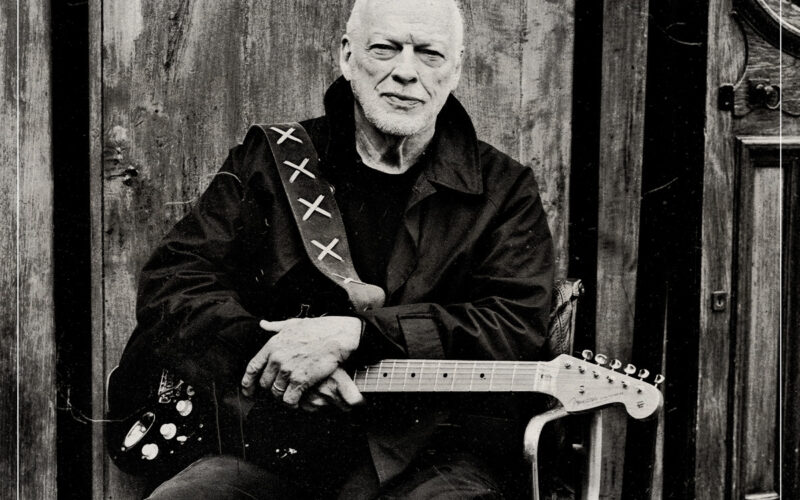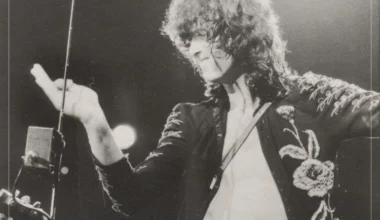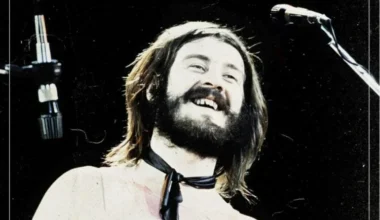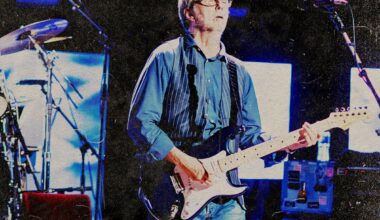There’s a lot to be proud of when it comes to the UK music scene and British music history. For some, it’s the best thing about the country, a passion that’s palpable, unlike anywhere else. As Jack Black once said, “When you go overseas – you go to Australia or you go to England – it just seems like there’s a lot higher appreciation for rock. People know their rock over there.”
It only takes one look at David Gilmour’s influences to know that he’d probably say the same. In fact, when he discussed his favourite all-time records, all of them except one were by British artists. Even ones a little more off-centre, like The Shadows, taught him a lot about quintessential British rock and roll and how to play up its tropes to achieve the ultimate sonic greatness.
But mostly, as a band once backed as the ultimate Beatles competitor, they taught Gilmour that it’s fine to exercise a healthy dose of imitation. This extended to the guitarists he looked up to, including Eric Clapton, who set a blueprint for discovery in that it pushed him to try to learn everything he did, until he eventually stumbled upon his own style. This, according to Gilmour, was one of the most valuable things any aspiring musician could do.
As he once said: “All of those guys were incredible. I spent time trying to learn how to play their licks perfectly. Any young player should do that—it forces your own style to emerge.” But while on the topic of great guitar heroes, Gilmour enjoys many of the same names you might expect, particularly the ones that emerged from his own pool. However, there’s one name that’s impossible not to mention, one that emerged overseas – none other than the great myth himself, Jimi Hendrix.
Most people remember where they were the first time they heard Hendrix. It was like he didn’t represent any particular space, emerging smack-bang in the middle of whatever party anybody else was doing like a formless surge of energy, ready to rock no matter who you were or what you wanted. Even Pamela Des Barres recalled what Hendrix did to the sluggish counterculture haze of the time, introducing a new excitement nobody knew they’d needed.
“My head, heart, body and mind had been scorched, shaken and stirred,” she once recalled, “and by the end of the day, I knew I was hearing sounds that had never even been made before.” Alongside regarding him as the greatest guitarist of all time, it was his masterpiece, Electric Ladyland, that wowed Gilmour the most. Though this would be a lifelong love that was sparked during their first-ever encounter.
“I went to a club in South Kensington in 1966,” Gilmour recalled. “This kid got on stage with Brian Auger and the Trinity. He started playing the guitar the other way around [upside down], and the whole place was in shock. The next day, I went to record shops asking if they had anything by Jimi Hendrix. He hadn’t recorded yet, so I just had to wait for his first release.”
It was the same reaction that occurred among his peers, the kind that was both a heady mix of wonderment and absolute fright. Because, suddenly, it wasn’t about just picking up a guitar and playing it well anymore, nor was it a competition that stirred in British culture alone. Suddenly, it was something far bigger that came from within, showing everyone else up before leaving in a mysterious cloud of smoke.






